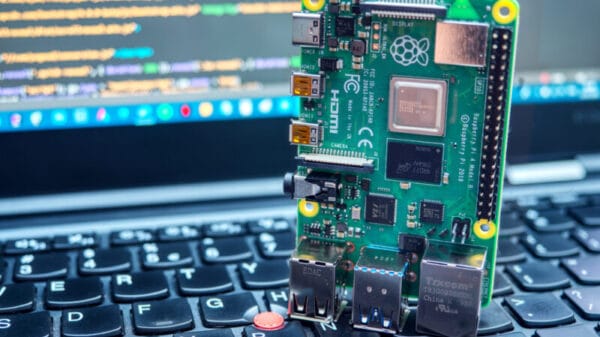The Google Nest Mini is a popular smart speaker, but it’s largely dependent on cloud-based solutions from major tech companies. For those interested in creating their own voice assistant or avoiding corporate surveillance, [Justin Alvey’s] work might be of interest (Nitter).
[Justin] disassembled a Nest Mini, removed the original PCB, and equipped it with his own internal components. He opted for the ESP32 as the foundation of his design due to its ample processing power and WiFi connectivity. His replacement PCB also seamlessly integrates with the Nest Mini’s LEDs, mute switch, and capacitive touch features, ensuring easy interaction.
As a demonstration, he configured the system to work with a custom “Maubot” assistant using the Matrix framework. He connected it with Beeper, a messaging client that consolidates various messaging platforms into a single, easily accessible location. The assistant utilizes GPT3.5, prompted with a list of his family, friends, and other details, enabling him to make calls, send messages, and handle natural language queries. The demo itself is quite impressive, and many people would be interested in setting up a similar assistant themselves. It’s also amusing to see two of [Justin’s] builds communicating with each other.
For those more inclined to work with Google Assistant rather than abandoning it altogether, we have also explored that option.
Image Source: CoinUp / Shutterstock
…















